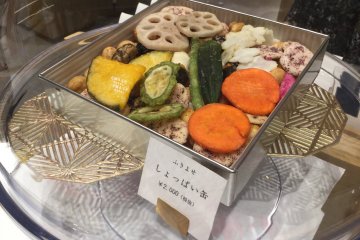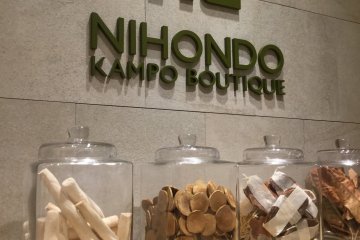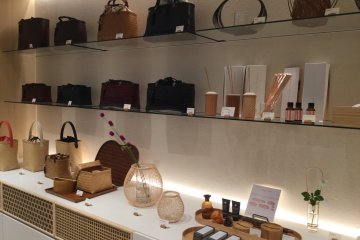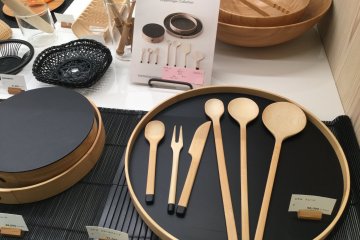The company behind Kohchosai Kosuga dates back to 1898. Its founder Kocho Ueda was the official painter of the Edo era (specifically, the 11th Tokugawa feudal lord of Kishu province Kenryu Ko). Since their establishment, their mission has always been "creating bamboo crafts to enrich lives," with methods that preserve traditional shaping techniques while combining them with classic and modern design concepts. Today's 5th generation atelier continues to make handicrafts with the artistic sensibilities of their founder.
Bamboo is one of the most environmentally friendly materials available and makes a great substitute for wood. Bamboo matures in four to five years and requires no agricultural pesticies. The bamboo used by Kohchosai Kosuga is harvested between November to February. Oil from the bamboo is removed by a steaming process in a special kiln and then hung to dry in the sun for over a month before the rainy season. Timber bamboo is used to make woven items such as baskets, while moso bamboo is used for carved items such as chopsticks.
Today, Kohchosai Kosuga boasts of over 1,000 items, many of which are original products that are both attractive and useful. Bamboo makes a good raw material for hobby goods, containers, kitchen utensils, baskets and fashion items. The product I like the most, though, is their chikuseiko, bamboo charcoal incense mixed with natural oils. Bamboo charcoal incense emits less smoke and are thus more soothing and elegant.
Bamboo crafts such as flower baskets, tea whisks and tea spoons are essential in sado (tea ceremony), kado (flower arrangment) and kodo (traditional incense ceremony), three of Japan's major performing arts. Bamboo items have found their way into daily life and culture as well. Find that one bamboo item for your every day.









